Miso Paste Varieties and Choosing the Right One
41 min read Explore shiro, aka, awase, and hatcho miso—flavors, salinity, fermentation, and best uses—so you can confidently choose the right paste for soups, marinades, dressings, and beyond. October 04, 2025 21:07
The first time I understood miso, I was standing in a narrow Kyoto alley at 7 a.m., steam lifting from a wooden vat and drifting into the cold air like a ribbon. A shopkeeper at Nishiki Market slid back the lid with a practiced flourish, and the aroma rose up warm and husky: roasted nuts, salted butter, damp cedar, and a faint, fruity sweetness like bruised pears left on a windowsill. I tasted a dab of pale, sweet Saikyo miso on the tip of a bamboo spoon and felt the day soften. Later that evening, I sipped a midnight-red miso soup in a tiny izakaya near Pontocho, rich and smoky, the intensity of fermented soy pushing against the delicate sweetness of daikon. It felt like the difference between gentle sun and embers. That is the spectrum of miso.
What Miso Is, Beyond a Paste

Miso is a fermented paste, usually made from soybeans inoculated with rice or barley koji and seasoned with salt, then aged from a few months to several years. But that description lands with all the thrill of a chemistry midterm. What matters to the cook is that miso is the collision of grain and legume mediated by a friendly fungus, Aspergillus oryzae, releasing enzymes that pull apart proteins and starches into complex flavors. Proteases and peptidases snip soy proteins, creating umami-laden amino acids like glutamate. Amylases gently digest rice or barley starches into sugars. Over time, those sugars and amino acids deepen into aromas you can name: cashews, toasted wheat, miso caramel, baked apple, cocoa nibs, dried shiitake, even leather and pipe tobacco in the darkest styles.
When you open a tub of miso and sniff, you should get more than salt. Good miso smells alive. White varieties often carry a buttery aroma, with notes of steamed rice and banana custard. As miso darkens, the nose moves toward roasted barley tea, cacao husk, and smoky sweetness. Hatcho miso, the rugged old sailor of the family, smells like espresso grounds and rain-wet cedar boards.
Culturally, miso is a daily anchor in Japan. A morning bowl of miso soup steadies the body the way coffee steadies the mind. It is also a kind of edible lineage: families made their own miso for centuries, and the phrase temae miso, referring to praising one’s own work, literally means one’s own miso. Every region has a miso, every miso has its seasons, and every cook swears that their grandparent’s miso is the right one.
The Color Spectrum and How to Taste Miso Like Wine

The color of miso tells a story about time and ingredients. It is not just about light versus dark; it is about fermentation length, grain type, salt ratio, and technique. White or shiro miso is typically fermented for a shorter period with a high proportion of rice koji, making it sweet and mild. Red or aka miso shifts toward longer ferments and higher soy content, yielding punchy savoriness. In between lie many shades: golden yellow Shinshu, rustic inaka, barley mugi, and brown rice genmai.
Practice tasting miso the way you taste wine or single-origin chocolate. Line up small bowls and prepare a warm water dilution: whisk 1 teaspoon of miso into 2 tablespoons of warm water, just enough to loosen it and release aroma without scorching the paste. Smell first. Take a sip and pay attention to three stages:
- Attack: immediate salt level and sweetness. White miso can hit with gentle sweetness and butter; darker misos strike with soy depth and a savory slap.
- Mid-palate: unfolding notes. Is there toasted barley, ripe melon, shiitake, roasted chestnut, smoked tea, or cocoa?
- Finish: how long does it echo? Good miso lingers with clean savoriness; poor miso can leave bitterness or raw salt.
Then taste the miso plain on your tongue: the texture should be smooth or pleasantly coarse depending on style, not chalky. Coarse tsubu miso will feel rustic, with nutty grains. Nama miso, unpasteurized, often feels juicy and aromatic, almost fruity. Let the aroma bloom in your sinuses; this is where miso differentiates itself.
Core Varieties: A Practical Field Guide

All miso is not created equal, and the variety you choose will transform your dish. Here is a field guide with sensory notes and best uses.
-
Shiro miso (white; Kyoto-style Saikyo)
- Taste and aroma: pale cream to daisy yellow, sweet and mellow, buttery, white chocolate and ripe banana notes. Low salt. Soft, spreadable texture.
- Fermentation: short, often 2–8 weeks; high rice koji ratio.
- Use: delicate soups, miso butter for corn or snap peas, dressings, miso-marinated fish with sugar and sake for that classic black cod misoyaki. In sweets, whisk into caramel or white chocolate ganache.
-
Shinshu miso (yellow; Nagano style)
- Taste and aroma: sunflower to amber, balanced salt and umami, savory with subtle fruit and freshly steamed rice aroma.
- Fermentation: moderate, often several months.
- Use: everyday miso soup, light glazes for root vegetables, quick marinades for chicken thighs, miso ramen bases that seek balance rather than intensity.
-
Awase miso (blend)
- Taste and aroma: purpose-built balance; usually a blend of white and red to create both sweetness and depth.
- Fermentation: varies.
- Use: general-purpose miso. If you plan to buy one tub for everything, awase is a safe, versatile choice.
-
Aka miso (red)
- Taste and aroma: rust to mahogany, assertive umami, notes of cocoa nib, dark beer, and dried shiitake. Higher salt.
- Fermentation: longer, often a year or more.
- Use: hearty soups with mushrooms or pork, robust marinades for grilled meats, deeply savory stir-fry sauces, winter stews. A small spoonful transforms mushroom risotto.
-
Hatcho miso (mame miso, Aichi prefecture)
- Taste and aroma: nearly black, dense and weighty; espresso, dark chocolate, black licorice, tamari-like depth.
- Fermentation: 2–3 years in cedar vats weighted with river stones; often soybeans only, no grains.
- Use: bold braises, miso nikomi udon, beef stews, chili. Blend with honey and sake for a lacquer on grilled short ribs. A pea-sized amount in a pot of beans brings out subterranean savor.
-
Mugi miso (barley)
- Taste and aroma: wheat toast, roasted barley tea, walnut shells; gentle sweetness underpinned by cereal warmth.
- Fermentation: varies; often longer than shiro, shorter than aka.
- Use: vegetable soups, miso-yaki eggplant, mushroom dishes where barley’s nuttiness loves the earthiness of fungi.
-
Kome miso (rice koji miso)
- Taste and aroma: the broadest category encompassing white to red; look to substyles such as Kyoto-style and Shinshu.
- Use: everything. If the label says kome, read the color and salt levels to guide you.
-
Genmai miso (brown rice)
- Taste and aroma: rustic, earthy aromas; toasted brown rice, buckwheat honey, hints of miso toffee.
- Fermentation: medium to long; brown rice koji adds complexity.
- Use: dressings for kale or grilled broccoli, fall soups with kabocha, roasted carrots with miso-maple glaze.
-
Inaka miso (country style)
- Taste and aroma: coarse, assertive, nostalgic; think farmhouse, unvarnished umami.
- Use: hearty home cooking; miso-stewed vegetables, rustic soups with burdock and daikon.
-
Tsubu miso (coarse miso)
- Taste and aroma: the texture is the star—visible grains, nutty chew.
- Use: spreads and glazes where texture adds charm; slather on rice balls and grill.
-
Nama miso (unpasteurized)
- Taste and aroma: fresher, more vivid aromas; fruitier high notes and a living, heady nose.
- Use: finishing soups off-heat, dressings, dips. Keep refrigerated and handle gently.
If you cook across seasons and cuisines, two or three misos will cover most needs: one gentle (shiro or a light awase), one balanced (Shinshu or mid-tone awase), and one dark (aka or hatcho) for cold evenings and big flavors.
Regions and Stories: From Kyoto’s Sweetness to Aichi’s Stones

Walk Kyoto’s Nishiki Market and you will see pale miso mounded like hills of snow behind glass, the air scented like warm rice pudding. Saikyo miso, the local darling, is sweet from abundant rice koji and short aging. It is the miso that won me over: not a brash lead, but a tender chorus line that lifts fish, vegetables, and even pastry.
Travel north into Nagano, and Shinshu miso stakes out its measured center. There, breweries like Namikura produce nuanced misos that handle everyday cooking gracefully, with enough salt to season and enough sweetness to kiss. Shinshu miso suits the kitchen rhythm: pot of soup on the back burner, a bowl of cabbage lightly dressed, a hand’s reach away.
Head to Aichi, to Okazaki, and you enter the kingdom of hatcho miso. Two famous producers—Kakukyu and Maruya—still ferment soybeans in towering cedar vats capped with careful pyramids of river stones. The brew houses smell like a forest after rain, earth and wood and time. Hatcho miso has very little sweetness, and what it does have is buried deep, like a stubborn ember. The tradition there speaks of miso as endurance, as winter’s companion. You taste it in miso nikomi udon, broth clinging like velvet, with the clout to stand up to pork, mushrooms, and thick noodles.
In rural communities, families once made and still sometimes make temae miso. My friend Keiko grew up in Gifu, and every autumn her grandmother would inoculate steamed soybeans and rice in the cool house entryway, then tamp the mash into stone crocks with a wooden pestle. The lid would get a protective coat of salt against invaders, then the family would wait through winter. The first spoonful in spring felt like opening a letter from their own past. That intimacy is still in every jar.
Brands and Bottles: A Cook’s Product Review

Reliable miso is easier to find than ever. Here are brands and specific products I reach for often, with tasting notes and use-cases.
-
Hikari Organic White Miso
- Profile: gently sweet, clean, buttery, easy to dissolve. Excellent everyday shiro miso. The aroma is rice-forward with a milky softness.
- Best for: dressings, quick miso soups with tofu and wakame, miso butter on steamed corn.
- Notes: widely available at Asian markets and many supermarkets; easy gateway miso.
-
Marukome Boy Awase Miso
- Profile: balanced blend with mild sweetness and an agreeable salt level; approachable and forgiving.
- Best for: family miso soup, versatile marinades, weeknight miso ramen base.
- Notes: a smart single-tub option if you want one miso on hand.
-
Namikura Aka Miso (Nagano)
- Profile: deep and savory without harshness; cocoa and dried shiitake on the nose, clean finish.
- Best for: hearty soups, mushroom dishes, miso-braised short ribs, ramen tare for Sapporo-style miso ramen.
- Notes: artisanal character shows; a great introduction to higher-quality red miso.
-
Kakukyu Hatcho Miso
- Profile: concentrated umami, very low sweetness, tones of espresso, rye, and cedar. Dense texture that benefits from patient whisking.
- Best for: braises, barbecue glazes, blending with honey for robust miso teriyaki, enriching vegan stocks.
- Notes: a little goes very far; this is a specialist miso with gravitas.
-
Yamaki Jozo Organic Kome Miso
- Profile: fresh, elegant rice koji aroma, medium salt, rounded umami. The nama versions sing with live complexity.
- Best for: finishing soups off-heat, delicate vegetables, clay-pot rice.
- Notes: thoughtful farming and brewing practices; a favorite when I want nuance.
-
Miso Master Organic Red (North Carolina, USA)
- Profile: well made, robust and clean; a dependable domestic option with a decent aging profile.
- Best for: hearty stews and sauces; a reliable pantry workhorse when Japanese imports are not at hand.
-
South River Miso Company Chickpea Miso (Massachusetts, USA)
- Profile: soy-free; gentle, nutty sweetness with chickpea character and lively aromatics.
- Best for: those avoiding soy; dressings and soups where a softer profile is welcome.
-
Maruman Kyoto-style Saikyo Miso
- Profile: luxuriously sweet and silky; notes of white chocolate, steamed rice, and a little floral lift.
- Best for: marinade for miso black cod, pairing with sake in delicate glazes, miso ice cream base.
Every brand has a range; prices scale with time and craft. For a general kitchen: pair one of the above whites (Hikari or Maruman Saikyo) with a sturdy red (Namikura Aka or Miso Master Red). Add hatcho if you love deep winter cooking.
How to Choose the Right Miso for Your Dish

Let the dish dictate the miso. Consider these variables: salt tolerance, sweetness, cooking time, and season.
-
Light broths and vegetable soups
- Choose: shiro or light Shinshu. They add roundness without overshadowing delicate greens or tofu.
- Pair with: kombu or mixed dashi for clarity; spring vegetables like asparagus or peas.
-
Miso soup for breakfast
- Choose: awase miso. Balanced and versatile.
- Pair with: soft tofu, wakame, scallions; a whisker of grated ginger in winter.
-
Miso ramen tare
- Choose: medium to dark miso: Shinshu or aka, with a spoon of hatcho for depth if desired.
- Tare tip: bloom miso with sesame paste, grated garlic, and a hint of chili bean paste for Sapporo-style richness.
-
Marinades for fish
- Choose: Saikyo for gentle fish like black cod, halibut, or sablefish.
- Technique: blend miso with mirin and sake; marinate 12–24 hours, then broil or grill. Avoid heavy red miso on delicate fish unless blended.
-
Marinades for meat
- Choose: aka or hatcho for beef, pork, or chicken thighs.
- Technique: cut with honey or sugar plus sake to prevent harsh salt penetration; marinate 4–12 hours depending on cut.
-
Glazes for roasted vegetables
- Choose: genmai or mugi for earthiness, or a mid-tone awase.
- Technique: miso plus maple syrup and rice vinegar; brush during the last 10 minutes of roasting.
-
Dressings and sauces
- Choose: shiro for creamy sesame dressing; Shinshu for vinaigrettes with bite.
- Technique: whisk miso with rice vinegar, grated ginger, a dab of Dijon, and neutral oil.
-
Baking and sweets
- Choose: shiro or Saikyo; they carry sweetness without bitterness.
- Technique: add 1–2 teaspoons to cookie dough, caramel, or cheesecake batter for a sly umami hum.
-
Vegan stocks and stews
- Choose: aka or genmai; they fortify mushroom or seaweed broths beautifully.
One useful rule: the darker the miso, the later it should appear in a dish, and the less you need. Dark miso is a finishing push, not an all-day simmering partner.
Blending Misos: Your Own Awase

You can tune flavor by blending misos like a roaster blends coffee.
-
Classic 2:1 balance
- Combine two parts shiro miso with one part aka miso for a medium body that suits most soups and everyday cooking.
-
Kyoto night market blend
- Mix Saikyo with a spoon of mugi miso to add cereal warmth to sweetness; this is wonderful brushed onto grilled eggplant.
-
Winter braise amplifier
- Add a teaspoon of hatcho to a base of Shinshu right before serving a beef stew. It sharpens the umami and lengthens the finish without pushing salt.
-
Vegan depth builder
- Combine genmai miso with a small amount of dark aka; use this to finish mushroom consommé or lentil stew.
Blend in small jars and label ratios. Taste with warm water to check salt and aroma. You will quickly find a house blend that becomes your kitchen’s voice.
Technique Matters: Heat, Timing, and Solubility
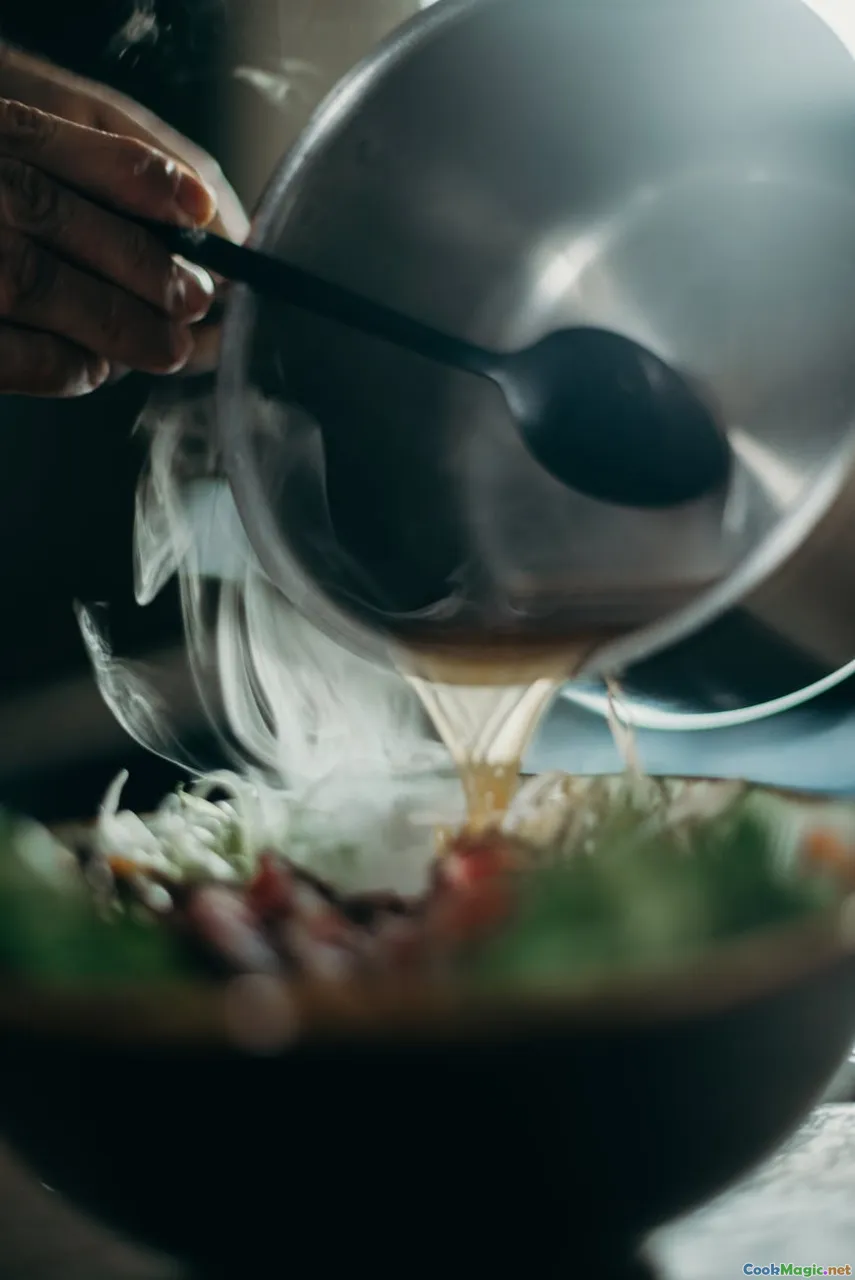
Miso is alive with aromatics and, in unpasteurized varieties, with enzymes. Treat it with respect.
-
Do not boil miso
- Boiling blunts aroma and can muddy flavor. Always remove the pot from heat, stir miso into a ladle of hot broth to dissolve, then return the mixture to the pot off-heat.
-
Bloom with fat and aromatics
- For ramen tare or glaze, warm a little neutral oil or sesame oil with garlic and ginger. Stir in miso and cook gently for 30 seconds, just until fragrant. Fat carries flavor.
-
Thin thoughtfully
- Miso can seize into lumps. Slurry it with warm dashi, water, or sake before adding to a dish.
-
Salt awareness
- Different misos carry different salt loads. Taste broth before salting. When using miso as a marinade, remember it is both flavor and salt. Rinse off excess before cooking if needed.
-
Enzyme preservation in nama miso
- If you want those live enzymes, keep dishes under a simmer and add miso late. For raw dressings, whisk and use immediately.
Seasonality: A Miso Menu Through the Year

Miso belongs to time and weather. Cook with it seasonally as you would with tomatoes or apples.
-
Spring
- Think gentle. Shiro miso dressing over blanched asparagus; miso and lemon zest whipped into ricotta for crostini; a soup of new potatoes and scallions finished with light Shinshu.
-
Summer
- Miso butter for grilled corn with a squeeze of lime; cold cucumber soup with a touch of shiro and kefir; grilled mackerel with a Saikyo glaze; miso-maple vinaigrette over tomatoes and peaches.
-
Autumn
- Genmai miso in roasted kabocha squash soup; miso-brushed roast carrots with sesame; barley miso stirred into mushroom and farro stew.
-
Winter
- Aka and hatcho in braises; miso nikomi udon with thick noodles and mushrooms; miso-stewed daikon with soy-braised pork belly; ramen nights with a robust miso tare.
Gluten, Soy, and Dietary Considerations
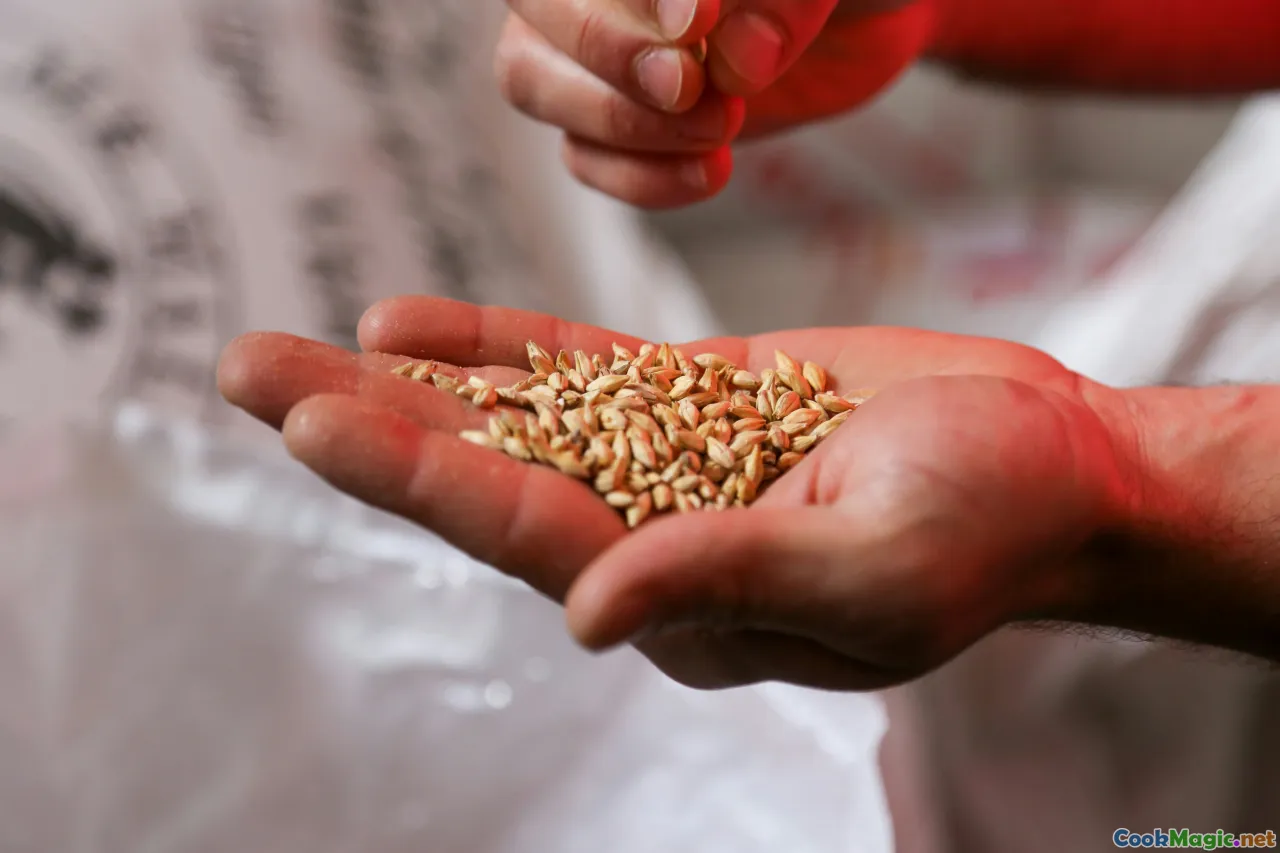
Not all miso is the same for dietary needs.
-
Gluten
- Miso made strictly with soybeans and rice koji (kome) is typically gluten-free, but barley-based mugi miso is not. Some blends include wheat or barley. Always read labels carefully.
-
Soy
- Soy-free misos exist, often made with chickpeas, adzuki beans, or other legumes. They are different but can be delicious in their own right.
-
Sodium
- Miso is salty. If you are watching sodium, use smaller amounts and amplify umami with kombu dashi, mushrooms, or a splash of toasted sesame oil. Adjust other salts in the dish accordingly.
-
Pasteurized vs unpasteurized
- Pasteurized miso is stable and reliable; unpasteurized nama miso has vivid aroma and live cultures. For soups where you will heat miso, pasteurized is fine. For cool dressings or finishing, nama shines.
Storage, Shelf Life, and Handling
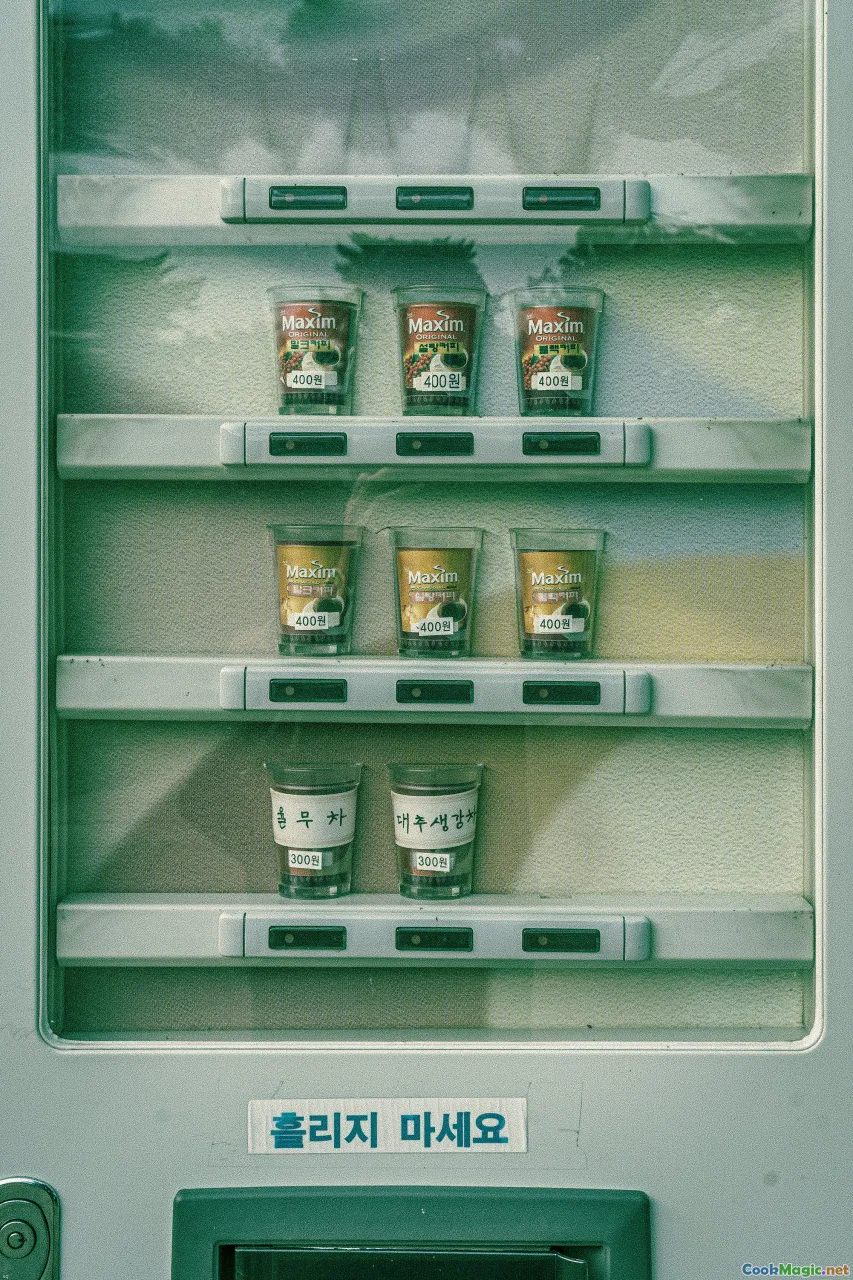
-
Refrigerate
- Miso keeps well in the refrigerator for months, even a year or more for darker styles. Press plastic wrap against the surface to limit oxidation.
-
Freeze if you must
- Miso does not freeze solid; you can keep it in the freezer for long-term storage and scoop as needed. Aroma stays bright.
-
Keep clean
- Use a clean spoon each time. Misplaced crumbs or moisture invite unwanted microbes.
-
Accept darkening
- Light miso may slowly darken from oxidation. Flavor shifts slightly but remains usable. If miso smells off—acrid, sour beyond normal tang, or yeasty in an unpleasant way—discard.
Dishes That Let Miso Shine
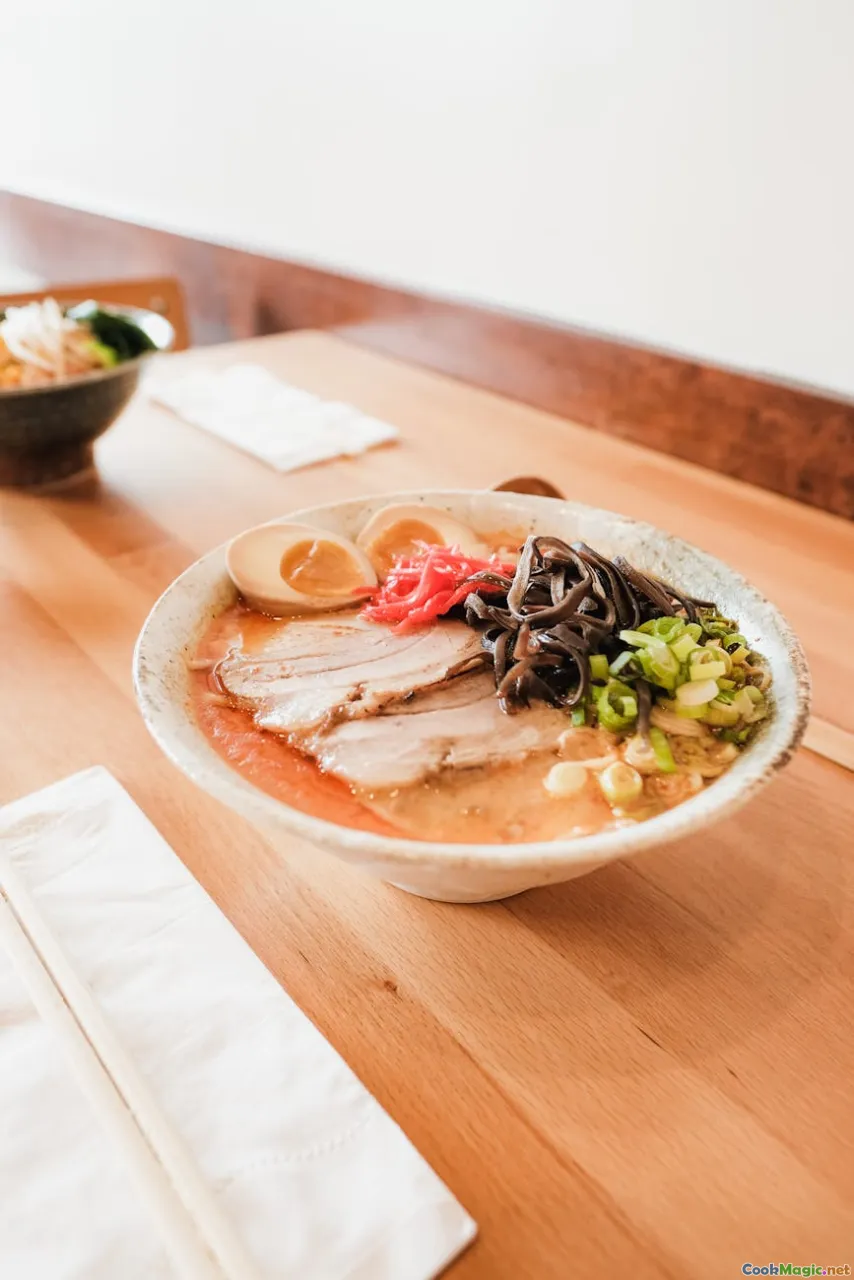
Try these kitchen-tested recipes and formulas that leverage different misos.
-
Two miso nasu dengaku (serves 4)
- Ingredients: 2 medium Japanese eggplants, neutral oil for brushing.
- White glaze: 3 tablespoons Saikyo miso, 1 tablespoon mirin, 1 tablespoon sake, 1 teaspoon sugar.
- Red glaze: 2 tablespoons aka miso, 1 tablespoon sake, 2 teaspoons honey, 1 teaspoon rice vinegar, a splash of toasted sesame oil.
- Method: Halve eggplants lengthwise, score flesh, brush with oil, and broil cut-side up until tender and browned, about 8–10 minutes. Simmer each glaze separately just until glossy. Spread white glaze on half the eggplant halves and red glaze on the others. Return to broiler for 1–2 minutes until bubbling. Finish with sesame seeds and sliced scallions.
-
Saikyo miso black cod
- Marinade: 1/2 cup Saikyo miso, 2 tablespoons sake, 2 tablespoons mirin, 1 tablespoon sugar.
- Marinate 12–24 hours, wipe off excess, and broil until fish is lacquered and just cooked through.
-
Miso ramen tare
- Mix 3 tablespoons Shinshu miso, 1 tablespoon aka miso, 1 tablespoon tahini, 1 teaspoon grated garlic, 1 teaspoon grated ginger, 1 teaspoon chili bean paste, and 1 teaspoon sugar. Warm gently in 1 tablespoon sesame oil; do not burn. Portion 1–2 tablespoons per bowl of hot ramen broth.
-
Miso butter
- Mash 2 tablespoons shiro miso into 4 tablespoons soft butter; add a squeeze of lemon. Drop on grilled steak, roasted mushrooms, or steamed green beans.
-
Miso-maple glaze for roots
- Mix 2 tablespoons genmai miso, 2 tablespoons maple syrup, and 1 tablespoon rice vinegar. Toss with roasted carrots in the last 10 minutes.
-
Miso caramel
- Make a dry caramel with 1/2 cup sugar. Off heat, whisk in 2 tablespoons unsalted butter and 1/3 cup warm cream; finish with 1–2 teaspoons Saikyo miso to taste. Drizzle over vanilla ice cream or baked apples.
-
Mushroom miso soup
- Simmer sliced shiitake and kombu to make a quick dashi. Off heat, whisk in 1–2 tablespoons aka miso per quart. Add enoki and scallions. Finish with a few drops of sesame oil.
These recipes are more strategies than commandments. Adjust miso to suit your taste and the salt level of your miso brand.
How Not to Use Miso: Common Errors and Fixes
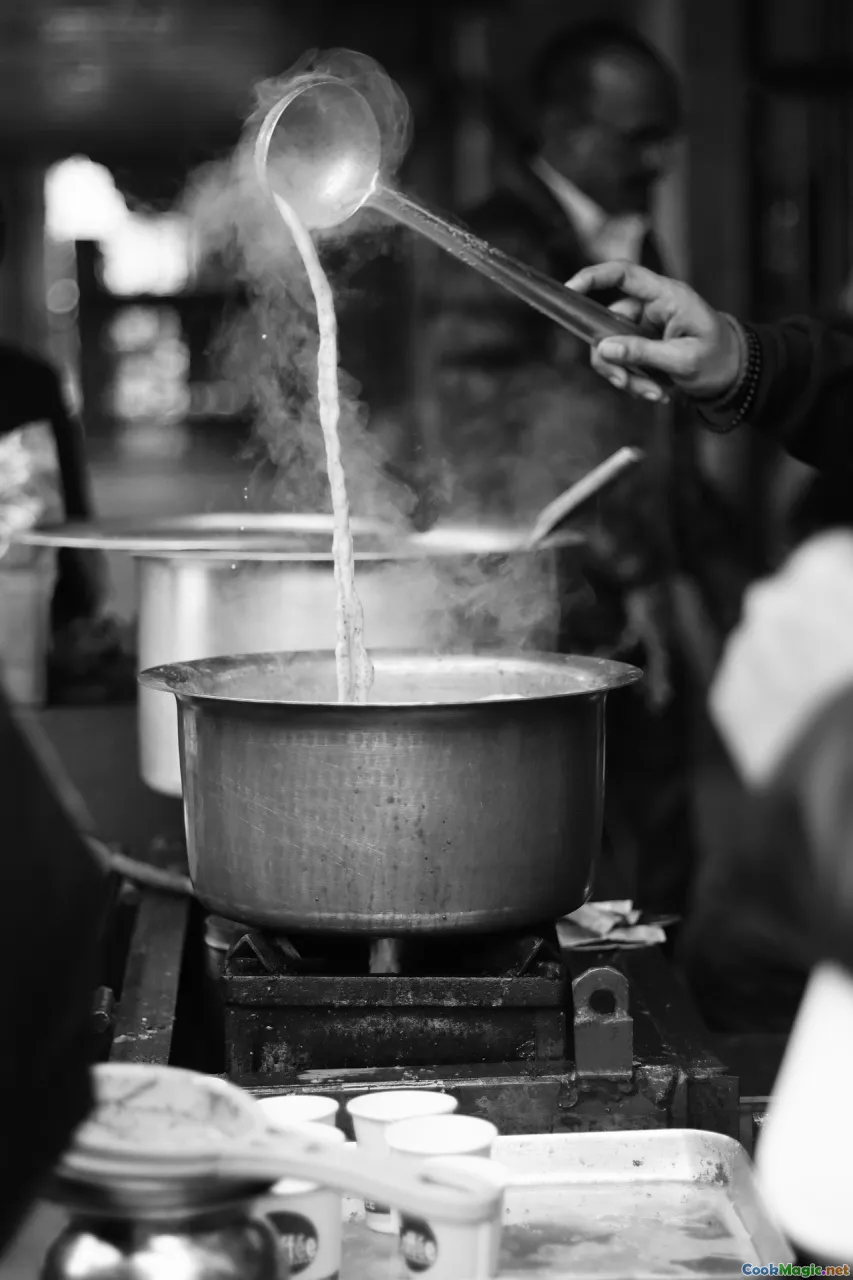
-
Boiling miso
- Fix: dissolve off-heat; rewarm gently.
-
Over-salting
- Fix: taste before adding salt; dilute with unsalted stock; balance with starch (noodles, rice) or add fat.
-
Using dark miso in delicate dishes
- Fix: blend a small amount of dark miso into a lighter base; reserve dark miso for finishing.
-
Neglecting aroma
- Fix: smell your miso before using; if aroma is flat, brighten with ginger, citrus zest, or a fresh miso.
-
Treating miso as only Japanese
- Fix: cross borders. Miso loves buttered potatoes, chili, braised greens, roasted cauliflower, and tomato sauces.
Ingredient Pairings That Love Miso
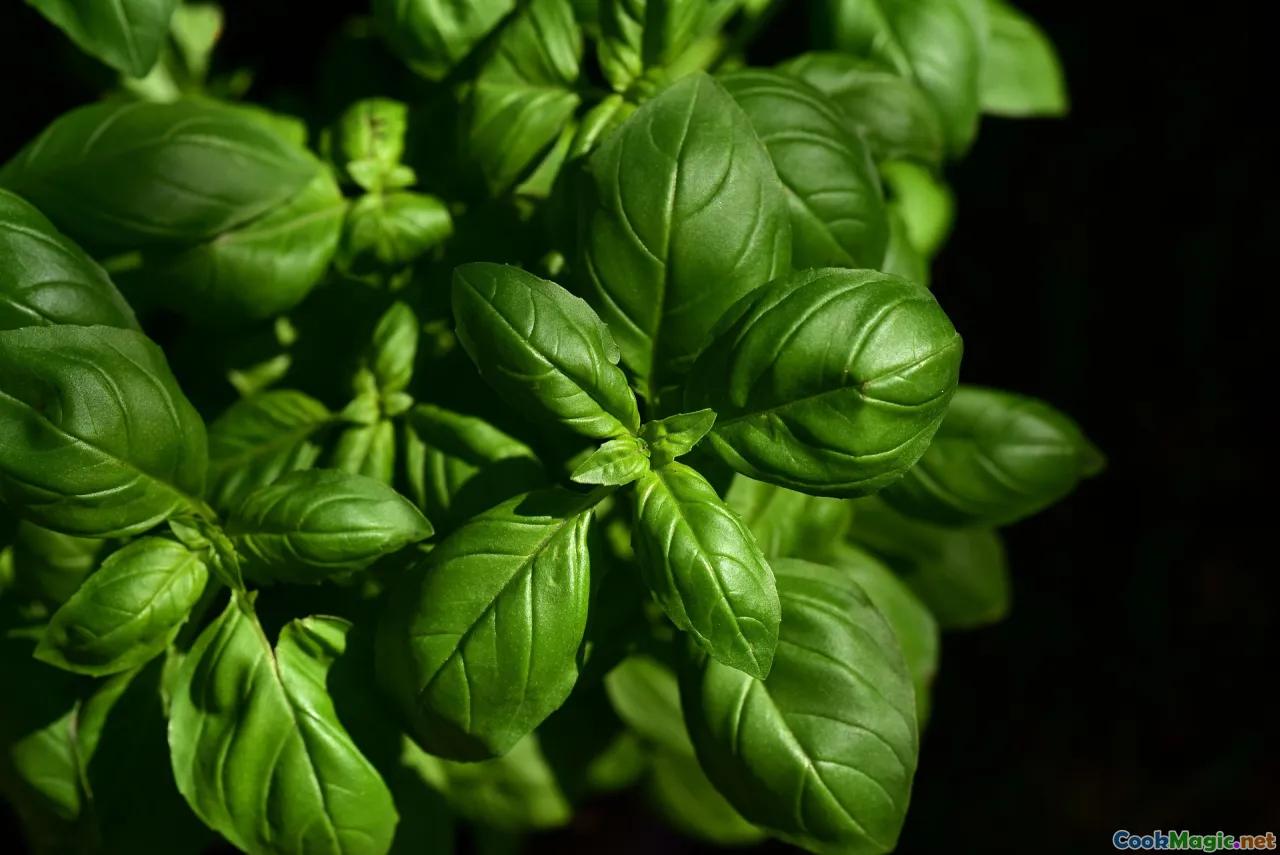
-
Vegetables
- Eggplant, kabocha squash, carrots, mushrooms, cabbage, asparagus, sweet corn, broccoli rabe.
-
Proteins
- Cod, salmon, mackerel, chicken thighs, pork belly, tofu, tempeh, beans.
-
Aromatics and acids
- Ginger, garlic, scallions, yuzu or lemon zest, rice vinegar, sake, mirin.
-
Fats
- Butter, sesame oil, neutral oils; miso dissolves and expands into fat like a dye blooming in water.
-
Grains and noodles
- Soba, udon, ramen, brown rice, farro; the cereal character of mugi and genmai miso dovetails with hearty grains.
-
Surprising friends
- Chocolate, caramel, peanut butter, maple syrup, tahini. A teaspoon of shiro miso in brownie batter is a quiet revelation.
Where to Buy and What to Ask

Seek out miso in Japanese markets and well-stocked Asian grocers. In the United States, chains like Mitsuwa and H Mart often carry both mainstream and artisanal brands. In New York, Sunrise Mart’s refrigerator case holds treasures; in the Bay Area, Umami Mart in Oakland curates smart picks, including small-batch Nagano misos. If you find yourself in Kyoto, wander Nishiki Market for Saikyo miso straight from the source. Online specialty shops also ship miso with cold packs.
When buying, ask or look for:
-
Rice-to-soy ratio and type of koji
- A higher rice ratio generally means sweeter miso.
-
Fermentation time
- Short equals lighter and sweeter; long equals deeper and saltier.
-
Pasteurized or nama
- Choose based on intended use.
-
Additives
- Many good misos are nothing more than soybeans, koji, salt, and water. Some include alcohol as a preservative.
-
Texture
- Smooth or coarse tsubu. Think about whether you want silky or rustic.
A Note on Broth Companions: Dashi and Beyond

Miso is rarely alone. It thrives in a broth that frames it. Kombu dashi pulls out sweetness and clarity in white miso. Mixed katsuobushi and kombu dashi adds a smoky resonance to red miso. For vegan kitchens, kombu and dried shiitake make a powerful pair. In European contexts, infused broths with roasted onions and celery, bay leaves, and peppercorns can hold miso without bending entirely Japanese. The rule is attention: taste the broth, taste the miso, and be sure they are speaking the same language.
Personal Notes From A Pot of Miso Soup

When I moved into my first cramped apartment, the kitchen had a single wobbly burner and a hand-me-down pot that rattled like a cymbal. I kept two misos in a small refrigerator: a plastic tub of awase miso and a precious jar of Kyoto-style white I carried home like a newborn. On cold mornings, I made a fast pot of soup: a shard of kombu steeped as the water warmed, a few cubes of tofu slipped in, a squeeze of wakame, and then the careful ritual of dissolving miso in a ladle, off-heat, one snowdrift of paste melting into broth. Watching that milky cloud bloom felt like a reset button. Over the years, I added complexity: mushrooms, daikon, a knob of butter now and then for a French whisper. But the heart stayed the same. Miso soup is a stew of patience and small decisions.
I keep reaching for miso when I want to bridge worlds. A spoon of hatcho in a pot of black beans coaxes Latin comfort into a Japanese groove. A dab of shiro in tart vinaigrette rounds the corners without muting acidity. When friends come over on rainy nights, I ladle out miso ramen with a tare built from Shinshu and sesame. We eat, and the house smells like roasted barley, steam clinging to the windows.
Miso rewards attention without demanding purity. Respect its history, buy thoughtfully, and it will meet you wherever you cook.
A Simple Buyer’s Blueprint

-
If you are new to miso
- Start with one tub of awase miso and one of shiro miso. Learn their voices in soup and dressing.
-
If you crave winter cooking
- Add an aka miso or hatcho miso. Use sparingly as a finishing depth charge.
-
If you bake or love sweets
- Keep Saikyo miso for caramels, cookies, and gentle fish.
-
If you are plant-forward
- Choose genmai or mugi miso to reinforce greens and grains; keep a live nama miso for finishing.
-
Always
- Taste before adding salt; add miso off-heat; store cold and clean.
In the end, choosing miso is less about memorizing categories and more about listening to what you taste. The Kyoto morning miso that softened my day, the Okazaki hatcho that steadied a winter stew, the everyday awase that becomes the quiet partner to a bowl of rice—each holds a map of flavor and time.
Maybe miso’s greatest gift is how it dissolves borders: sweetness and salt, old and new, tradition and invention. Keep two or three in your fridge, explore the spectrum, and let the weather and your appetite guide you. The right miso for tonight is the one that makes the room smell like home.









